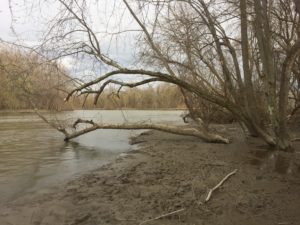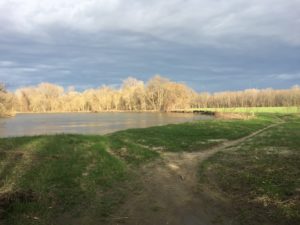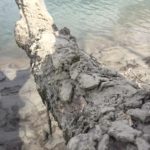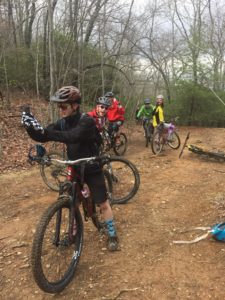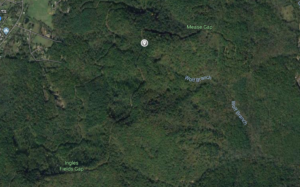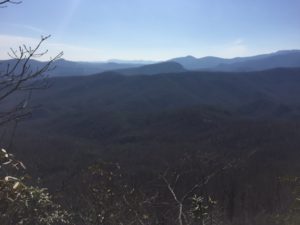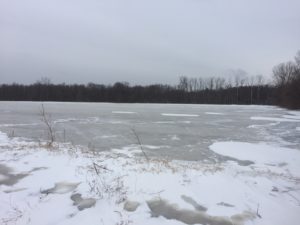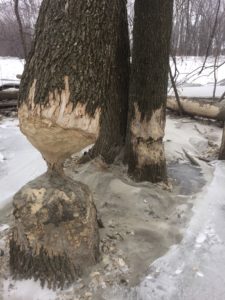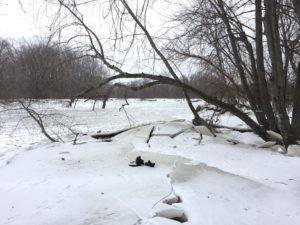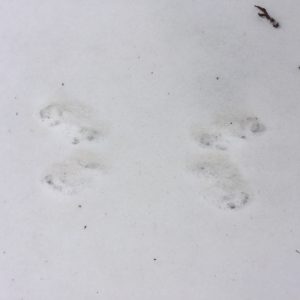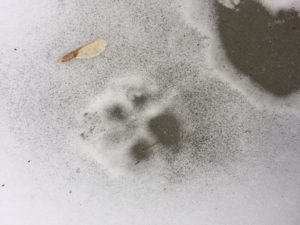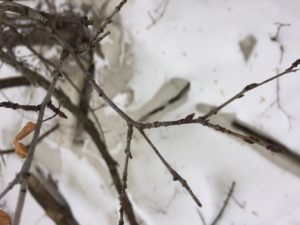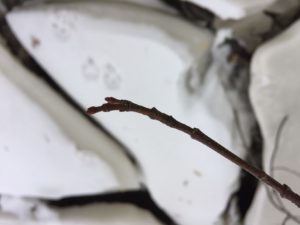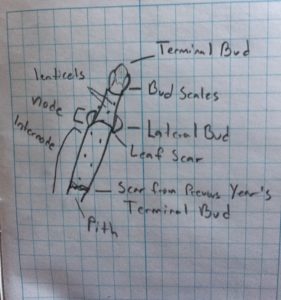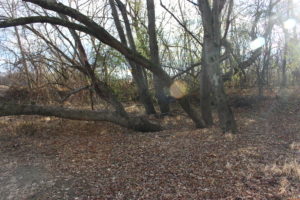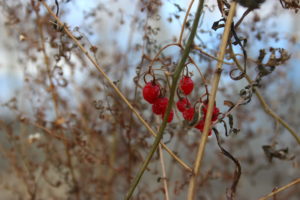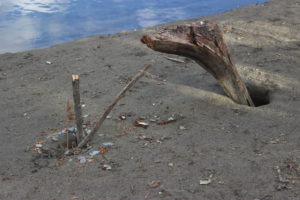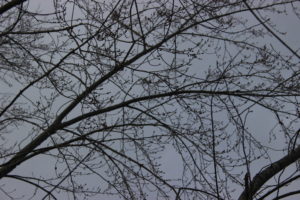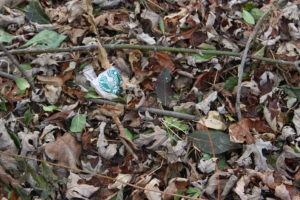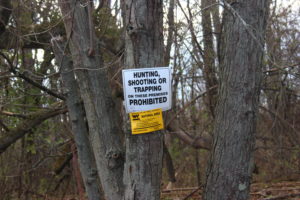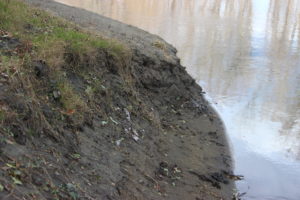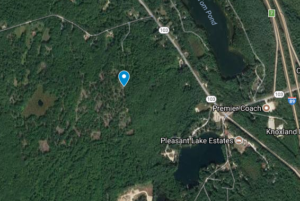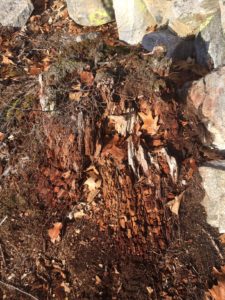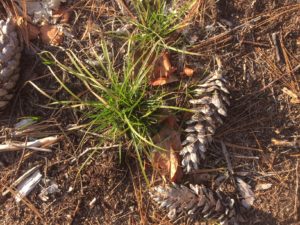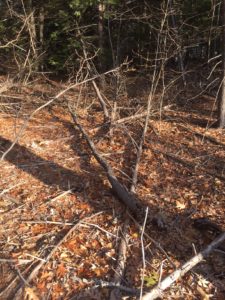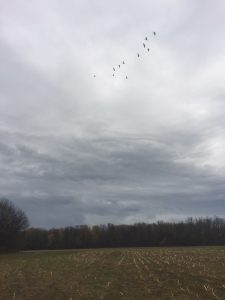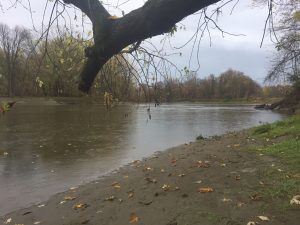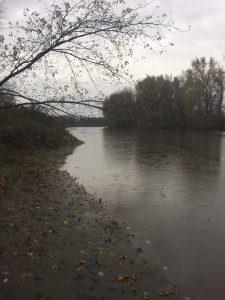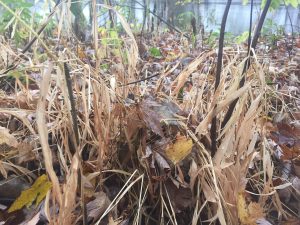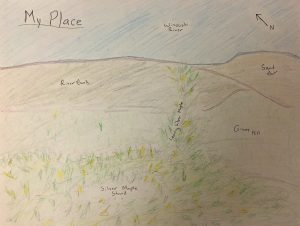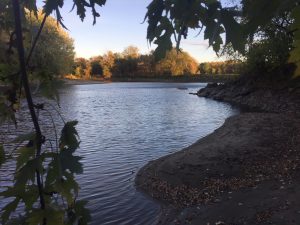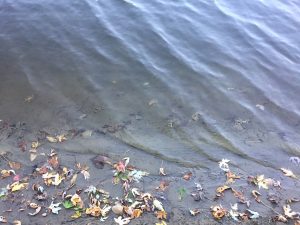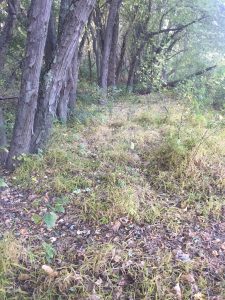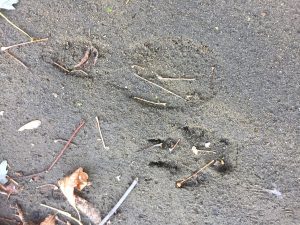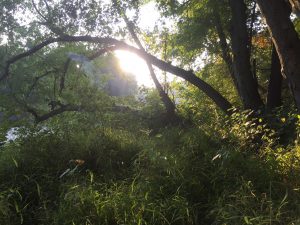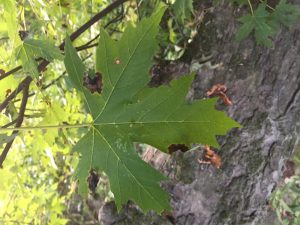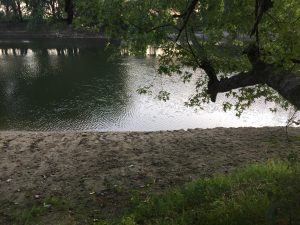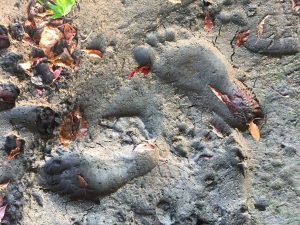I found myself looking at a curious scene when I arrived at my phenology place for the final time this season. Transformed, eroded, and buried in silt, the place I’ve come to know was mostly submerged by the rushing water. The air was warm and windy as sunshowers sprinkled across the landscape. My last visit couldn’t celebrate phenology more, yet it felt odd knowing that I would leave the place at the mercy of the river, unsure of how the springtime torrents will change the face of its surroundings. Maybe that is what I love most about my place, its extreme dynamism. I never quite know what to expect with each visit, as the river seems to have the final say in dictating the condition of the land.
When I turned and left my place, I truly felt like a mere visitor. A priviledged visitor, lucky to enjoy the place I chose as mine to study months ago, but a visitor nonetheless. In the long run, I won’t have much of an impact on my place, and it almost seems silly to call it mine at all. For each time I look, I see that I am not alone. I am one of many visitors, each of whom make the place what it is.
Upon my last visit, the particular crowd of characters that were visiting my place were indicative of spring. The buds on the trees were beginning to burst, and birdsong filled the air around me. I saw a pair of birds, peeling bark from the silver maples as they conducted their business which is rather mysterious to me. For the first time I noticed small flying insects hanging in the air, accompanied by a flock of Canada Geese making their seasonal migration. The earth was washed anew, with a few brave leaves poking through the soil, preparing to paint this year’s unique canvas on the earth. The scene was an odd mix of barren and vibrant, as the springtime species started to flourish.
I was also reminded that I am not unique as a human visitor. As I sat on the shore, a canoe being paddled by fellow Rubenstein students floated by, and we exchanged a wave. The Winooski Valley Park District signs that hang from the trees are symbolic of a recreational presence, and the surrounding fields show that the area supports human nourishment in addition to the more spontaneous ecosystem that fills the gaps between cultivation. I also thought about the area’s rich history. Perhaps, centuries ago, one of the native Abenaki stood where I was. Maybe not on the same land, as the river ensures each flood makes the land new, but on a similar floodplain parallel to that which I know. Then, that thought made me think of the circumstances that led me to stand on the rivers shore instead of that Abenaki. A complex and all too likely unjust human history is responsible for the area’s current condition, and I can’t help but feel the weight and some responsibility for all that has occurred here, because I too am a visitor just as much as anyone else who has set foot on the land we call the Intervale. The nature and culture of the place are one, and I have become caught in the middle of it during my passing glimpses this year.
The river, however, has seen it all. The river is one constant, and while it changes, I know it will always be there. Maybe one day it will cease to flow, but when that day comes it would be difficult to call it the same place. The river came before all of the visitors that I have personally seen, and it will outlive us all too. Even the silver maples, which seem so steady and so integral to my place, will be outlived by the river. And I think that the fleeting nature makes it all beautiful. I hope to visit again, for I don’t want this visit to be my last goodbye. Until then I will carry what the place has taught me: we all live in the hands of rivers.

